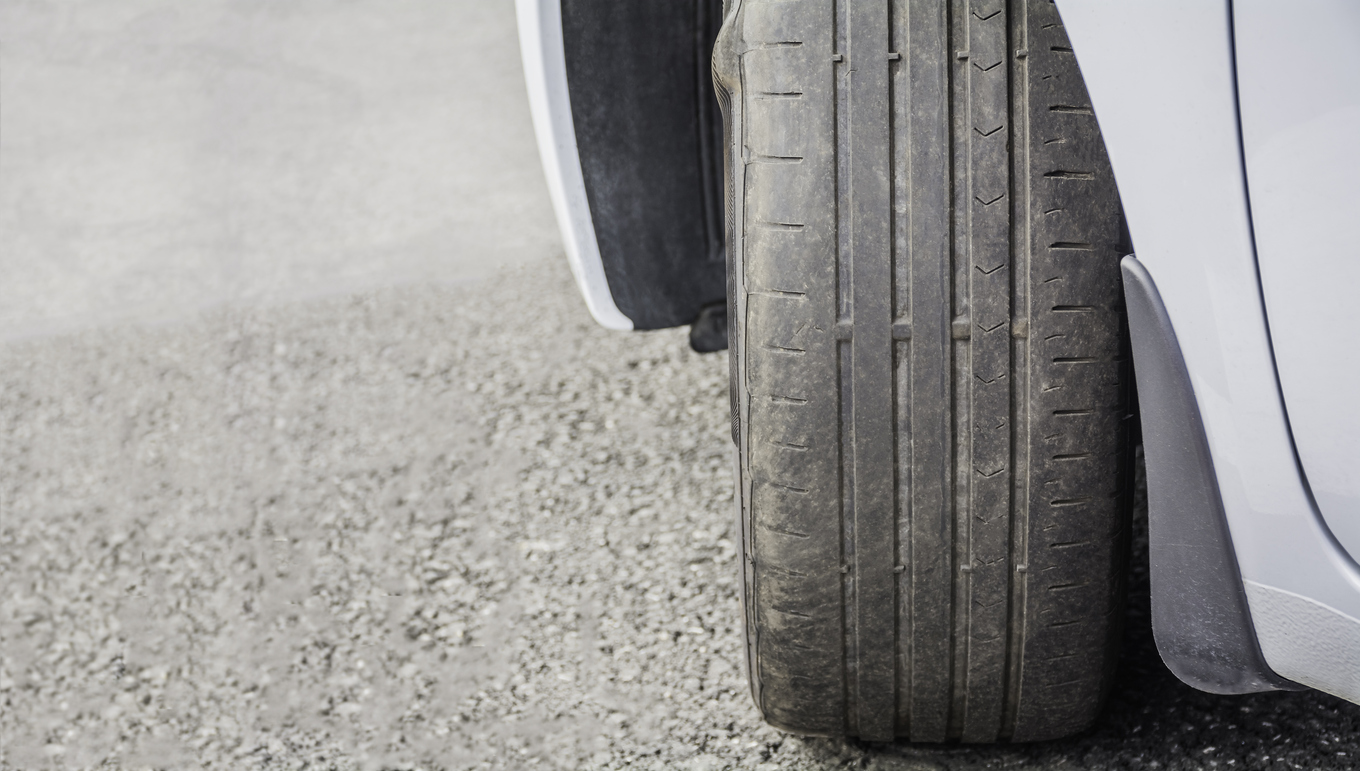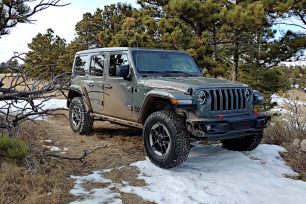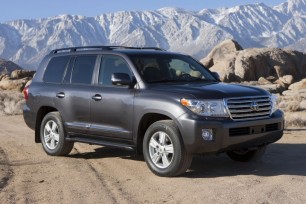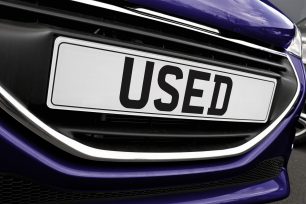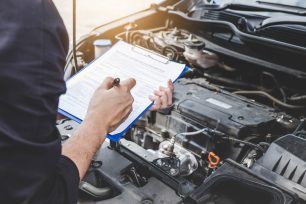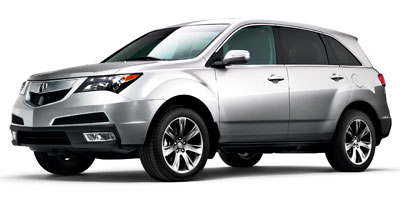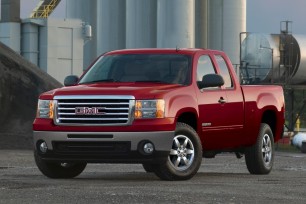Winter has arrived in many parts of the country, bringing with it colder temperatures and messy precipitation. Even if you’re part of the hearty minority that welcomes winter weather, you probably dread the dangerous driving conditions that are all too common during this time of year.
You might notice the return of your tire pressure warning light, as tires lose pressure as the temperature drops. Along with checking your tire pressure, there’s another important tire maintenance task that isn’t as obvious: checking your tire tread. Bald tires pose a serious safety risk to you and other drivers on the road, so it’s important to make sure your tires have adequate tread remaining. How do you know if your tires are bald and what are the dangers of driving with bald tires? We have the important answers.
What Are Bald Tires?
Bald tires are defined as having minimal or no tread remaining. Tire tread is the part of the tire that makes contact with the road. Tire tread patterns consist of four parts: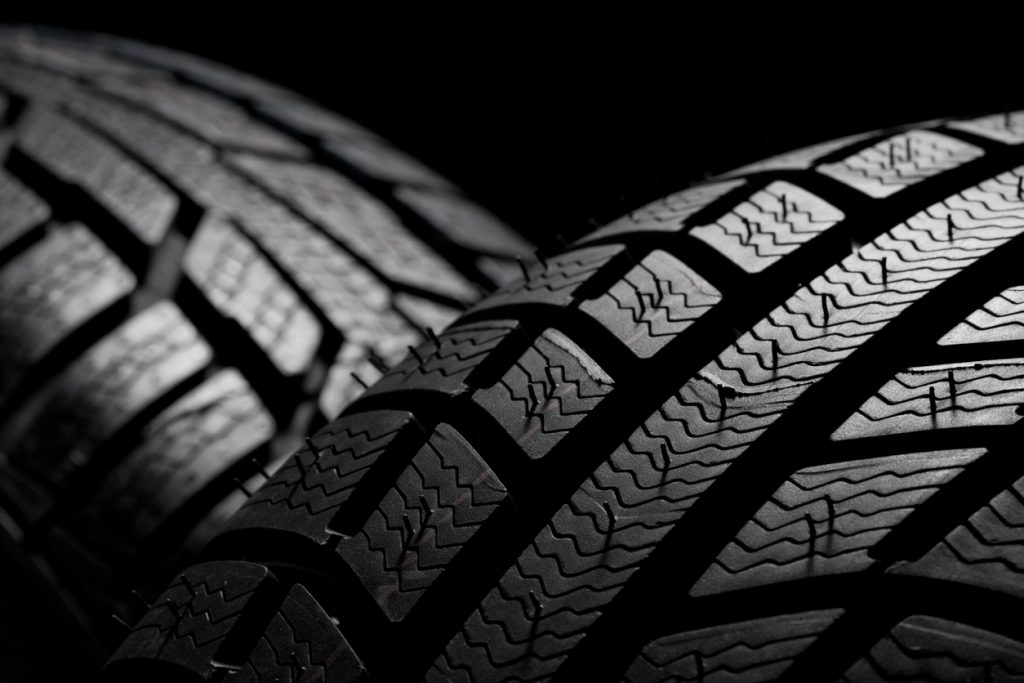
- Ribs: the raised section of tread rubber around the tire’s circumference
- Grooves: Deep grooves that run around and across the tire to channel water away and help maintain a grip on the road in wet conditions
- Tread Blocks: Raised segments around the tire’s circumference that make contact with the road surface
- Sipes: Thin slots or slits molded into the tread surface
What Causes Tires to Wear?
While tire tread wears out over time as a car accrues mileage, there are proactive tire care measures drivers can take to prolong the life of their tires.Keep your tires properly inflated. Car tires are more likely to meet their untimely demise if they don’t have the proper air pressure. If tires are under-inflated, they will wear on the outside edges of the tread. If the tires are overinflated, they will wear down the middle. A car’s proper tire pressure can be found in the driver’s manual or on a sticker inside the driver’s door.
Follow the recommended tire rotation schedule, which is typically every six months. If you don’t rotate your tires, two of you tires will likely wear faster than the other two. This is especially true for front-wheel and rear-wheel drive vehicles (all-wheel-drive vehicles are more likely to experience even wear among all four tires).
Keep your wheels properly aligned. Similar to tire rotation, drivers should follow the recommended maintenance schedule for tire/wheel alignment. Alignment is typically recommended after 2-3 years, but your vehicle may become misaligned from a pothole or hitting a curb. ??Signs that you need an alignment include sloppy steering response, a crooked steering wheel, and if your car pulls to one side.
Maintain your suspension. This includes front-end components and shocks and struts. If your shocks and struts are worn out, it will lead to uneven tire wear. These parts are typically inspected during oil changes and other routine maintenance.
Are My Tires Bald?
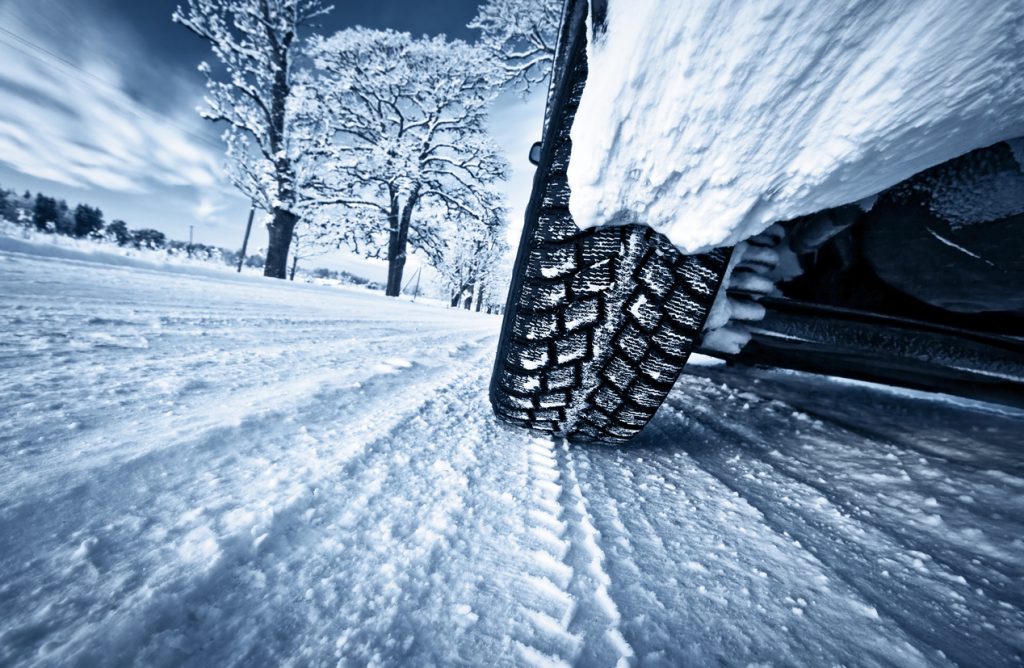
According to the most recent data from the National Highway Traffic Safety Administration, there were 612 fatalities from tire-related motor vehicle crashes in 2019. The minimum safe tire tread depth is 2/32”, but it is recommended that drivers replace their tires at the 4/32” mark for optimal safety during winter conditions. Making sure you have the proper tread in your tires can help protect you from motor vehicle crashes. Here’s how to test the tread in your tires to see if they need to be replaced:
Use the penny trick: Place a penny in multiple grooves around your tires. If the top of Lincoln’s head is covered, you have more than 2/32? of tread remaining. If all of Lincoln’s head is visible, it’s time for new tires. You can also purchase a tread depth gauge from an auto parts store or online.
New tires may include indicator bars, which are also known as parallel wear bars. If the tread wears down to the wear bar, it’s an indication that you need a new tire.
Bald Tire Dangers
Here are 10 reasons why you should not drive on bald or worn tires this winter:1. You’re more likely to experience tire failure. Worn, bald tires fail quicker and often without any notice. Low tread tires are thinner and are more susceptible to tire punctures, which can lead to flat tires or sudden tire blowouts.
2. Increased risk of hydroplaning. Hydroplaning on wet, icy roads is extremely dangerous. Driving on bald tires increases the risk of hydroplaning on wet, snow-covered and icy roads. The bald tires have no traction, and can cause your vehicle to spin out of control, possibly hitting another vehicle, object, or pedestrians.
3. Increased stopping distance. With bald tires, you need to apply your brakes sooner to avoid a collision. If the car ahead of you comes to a sudden stop, you likely won’t be able to practice safe emergency braking and will end up in a collision.
4. Loss of air pressure. Bald tires lose air pressure more quickly, and underinflated tires cannot grip the road and are more prone to skidding and losing vehicle control.
5. Poor performance in snow. The small grooves or sipes are designed to help a vehicle handle snow. Bald tires lose their sipes and make it difficult to start or stop a vehicle in snowy conditions.
6. Reduced fuel economy. Underinflated tires increase your vehicle's drag, which leads to increased fuel consumption. Tires that are in good shape and are properly inflated help achieve better fuel economy.
7. It’s against the law. Guidelines for tire tread vary by state. In most states, you are legally required to replace your tires if tread falls below 2/32.” Make sure you’re familiar with your state’s laws as you can receive a citation for driving with bald tires.
8. You may be found at fault in an accident. Driving on tires that are considered bald could be used as proof of negligence in the event of an accident. This may not only raise your insurance to pay for any tire-related damage and/or injuries, but you might also be sued by the injured/damaged party.
9. Increased Repair and Maintenance Costs: While paying for new tires can be costly, the alternative can be a lot more expensive. The longer you drive on excessively worn tires, the more likely you are to be in a vehicle accident. Replacing your tires in a timely manner can save you money and hassle down the road.
10. You can’t safely drive the speed limit. While there is no safe speed to drive on bald tires, driving at lower speeds can mitigate risk. Due to decreased traction, bald tires can also affect the rate of acceleration and the overall performance of the vehicle.
Bottom Line:
Buying new tires is a major expense, especially given that you’ll likely need to replace at least two at a time. However, when you consider the risks of driving on bald tires , the cost is worth the protection that newer tires provide. Following recommended maintenance and practicing safe driving habits can help prolong the lifespan of your tires. As we begin the winter driving season, conduct the trusty penny test to make sure your tires are equipped to handle winter road conditions.If you’re interested in a new or used car that’s equipped to handle winter conditions, be sure to check out iSeeCars’ award-winning car search engine. It uses advanced algorithms to help shoppers find the best car deals and provides key insights and valuable automotive resources, like the iSeeCars free VIN check report and Best Cars rankings. Filter by price, fuel economy, drive type, and other parameters to find your next vehicle.
More from iSeeCars.com:

